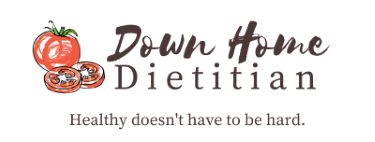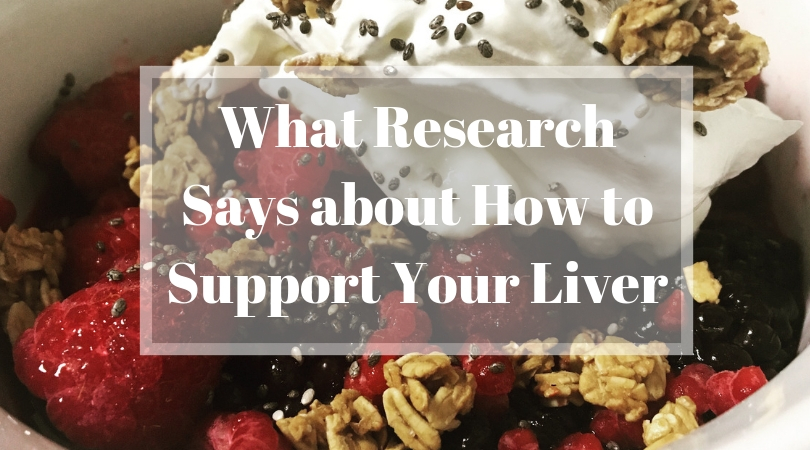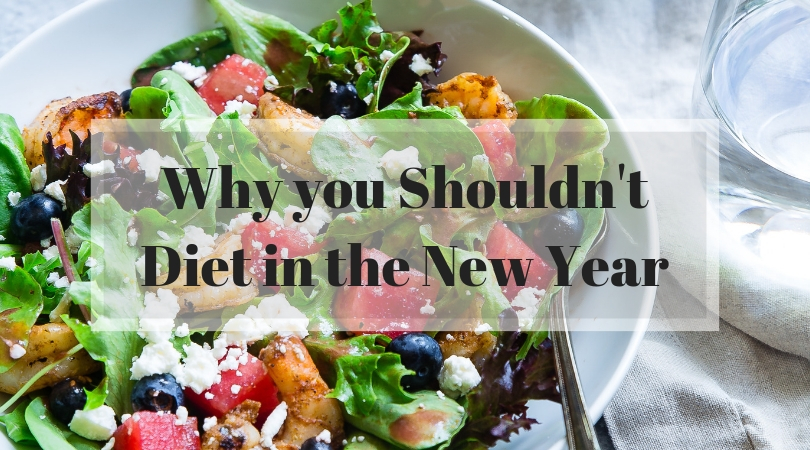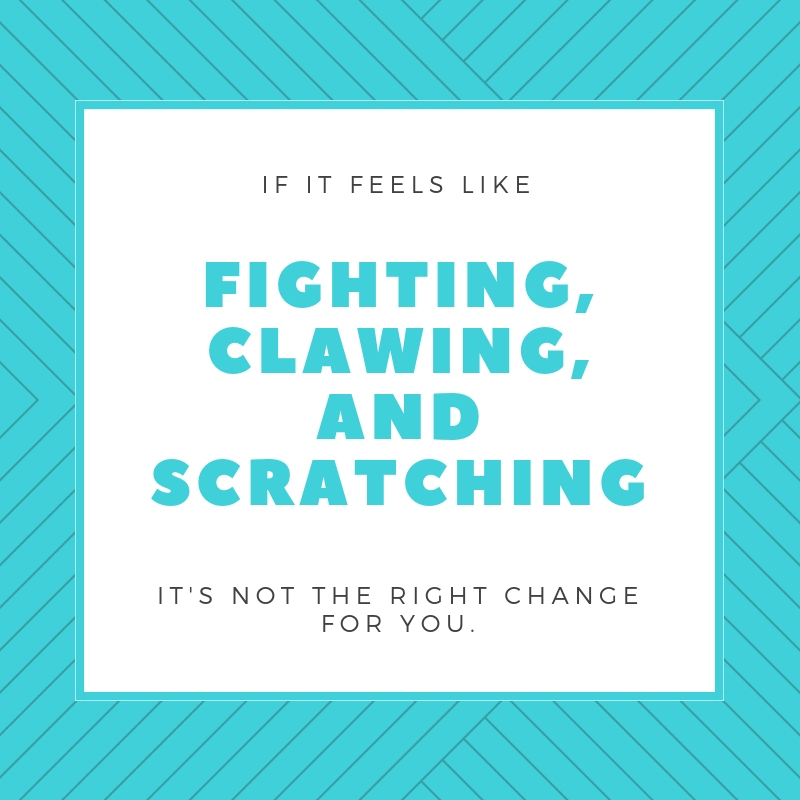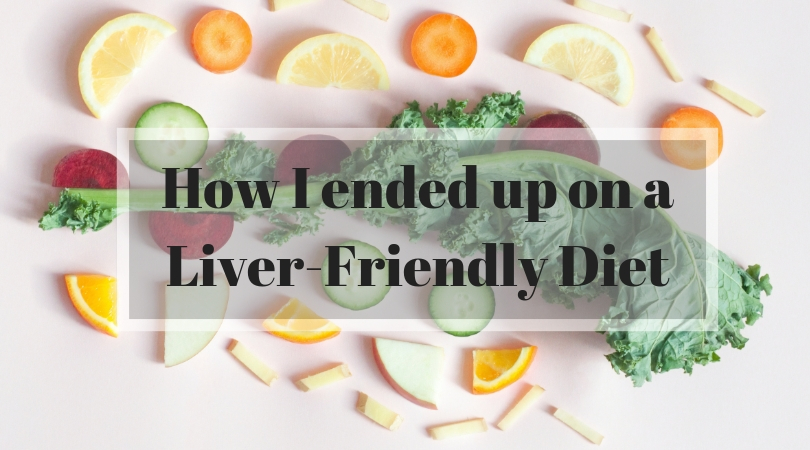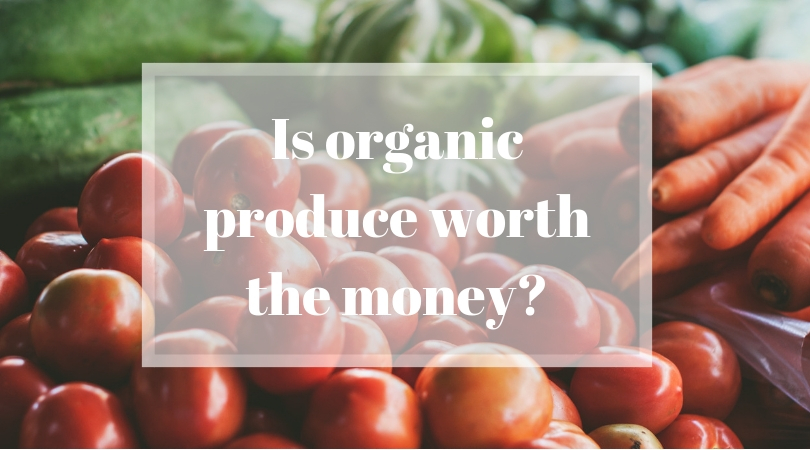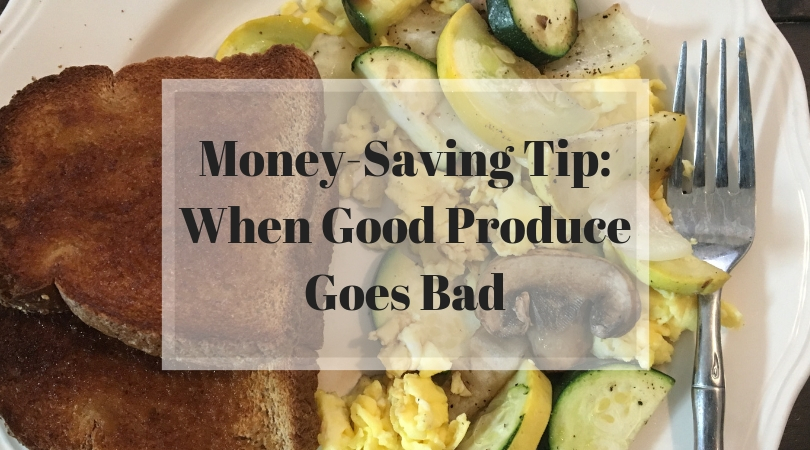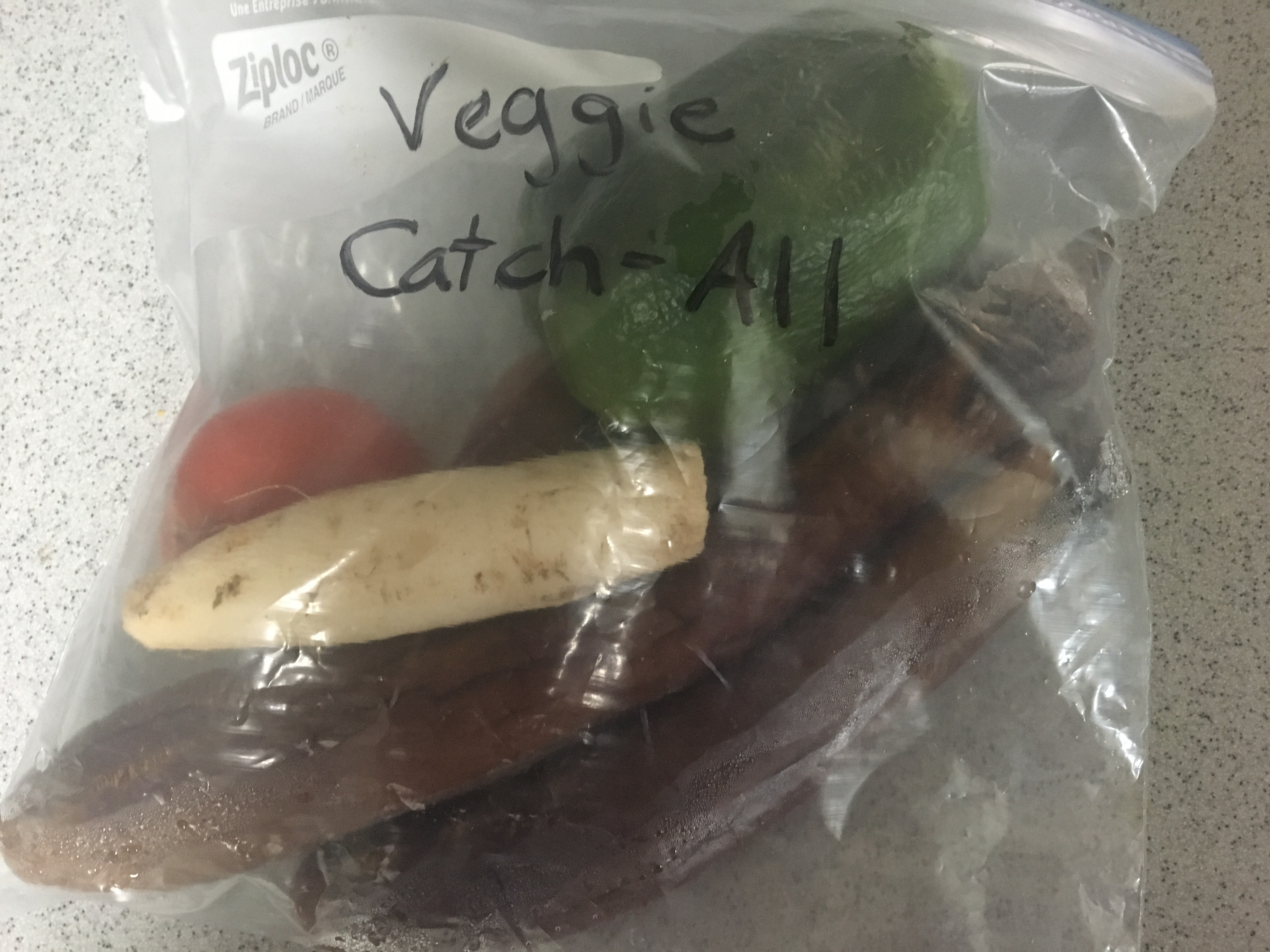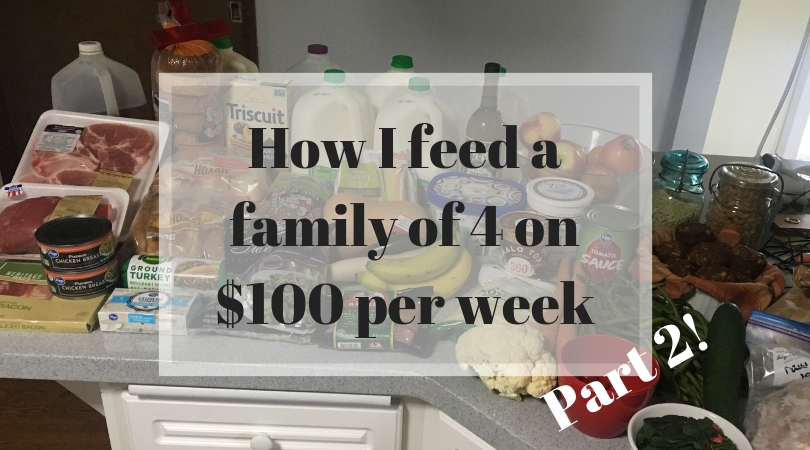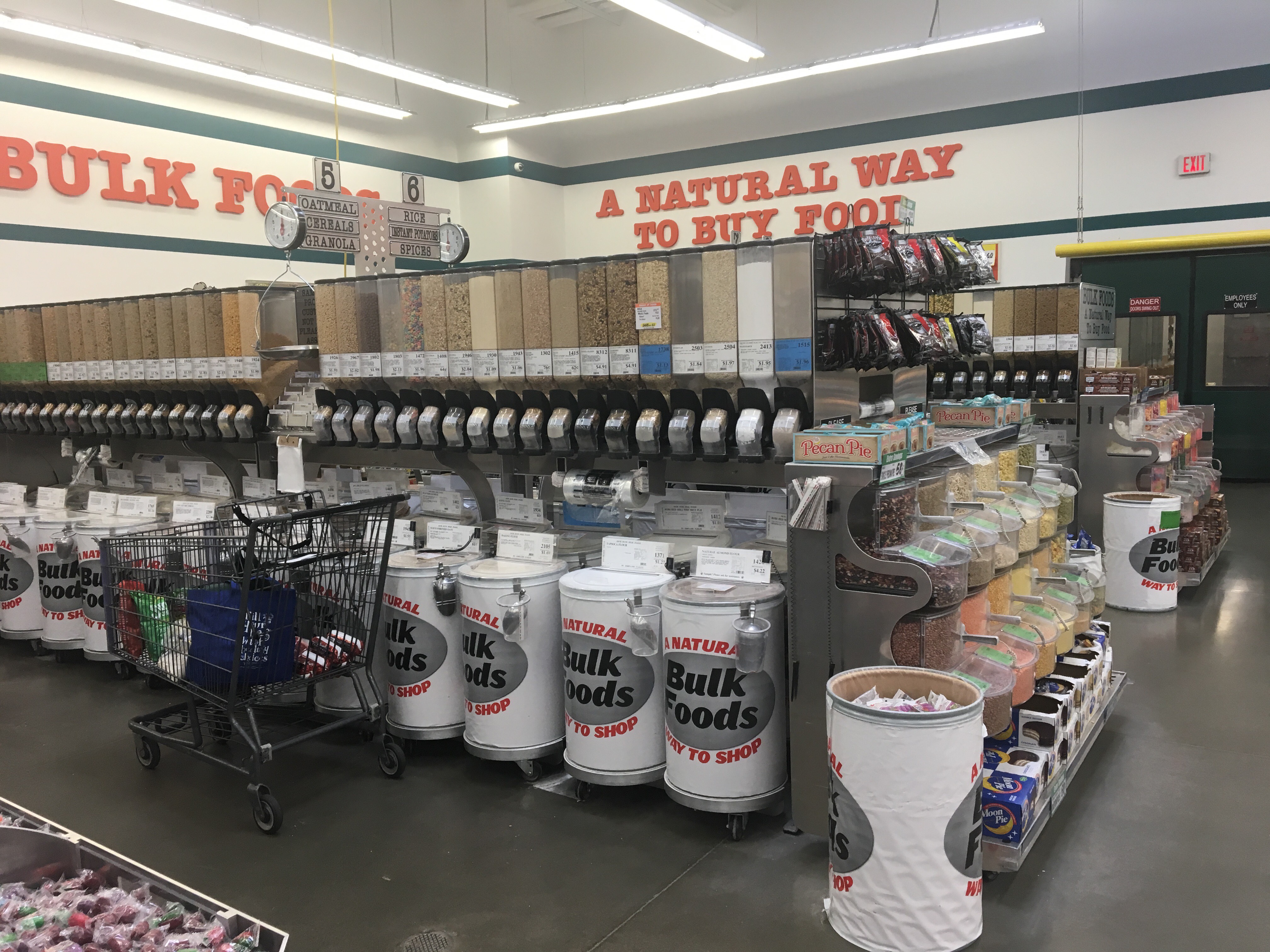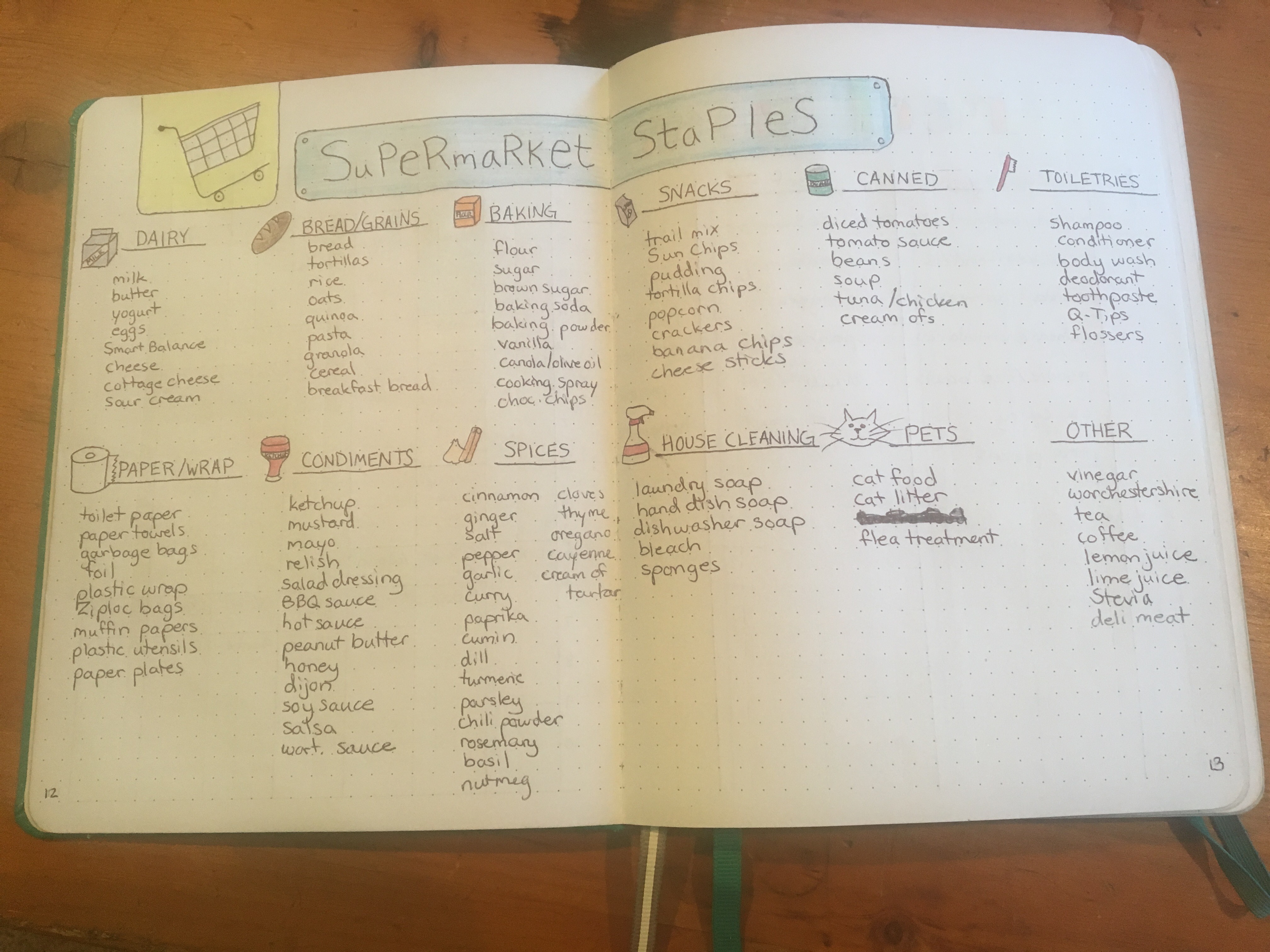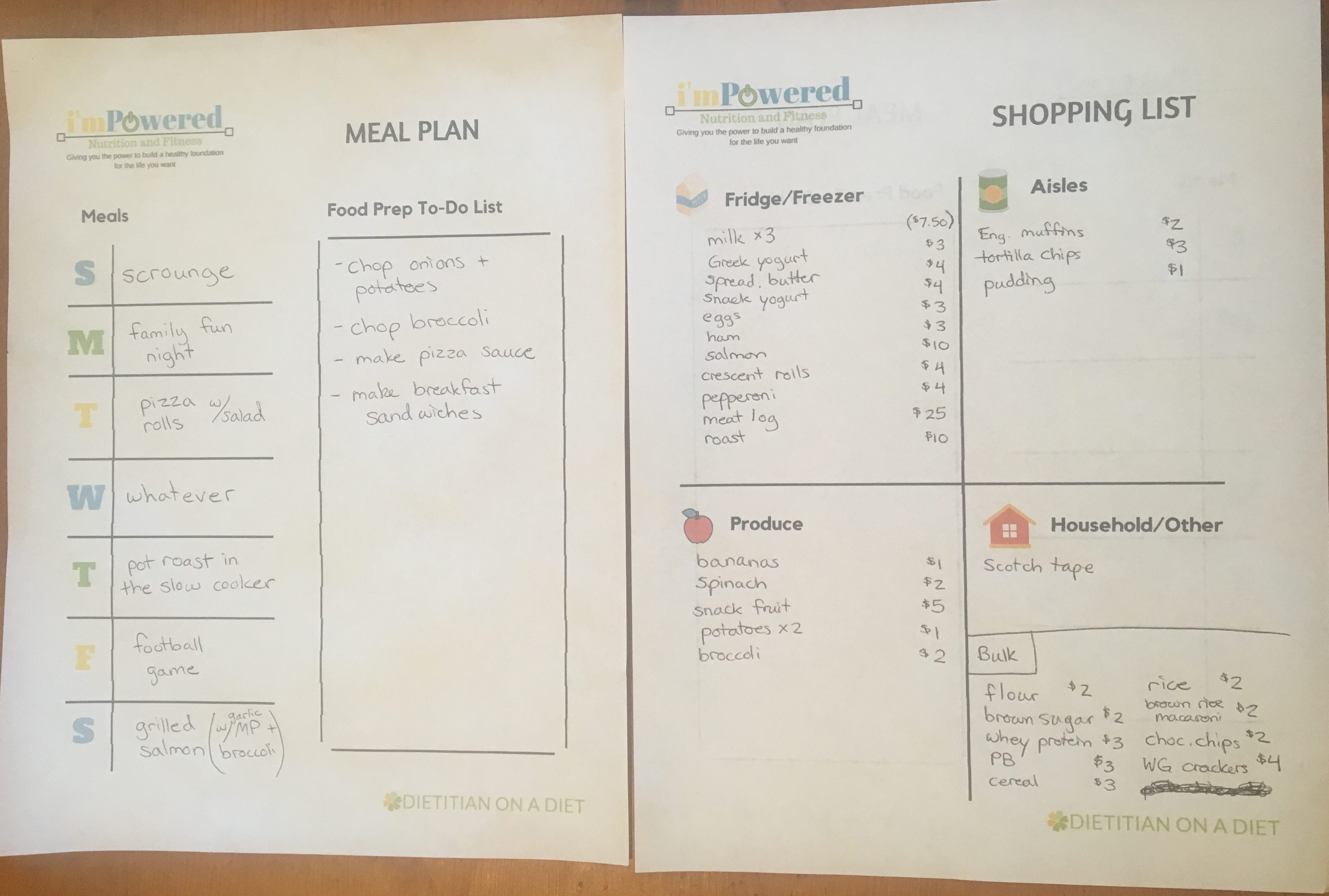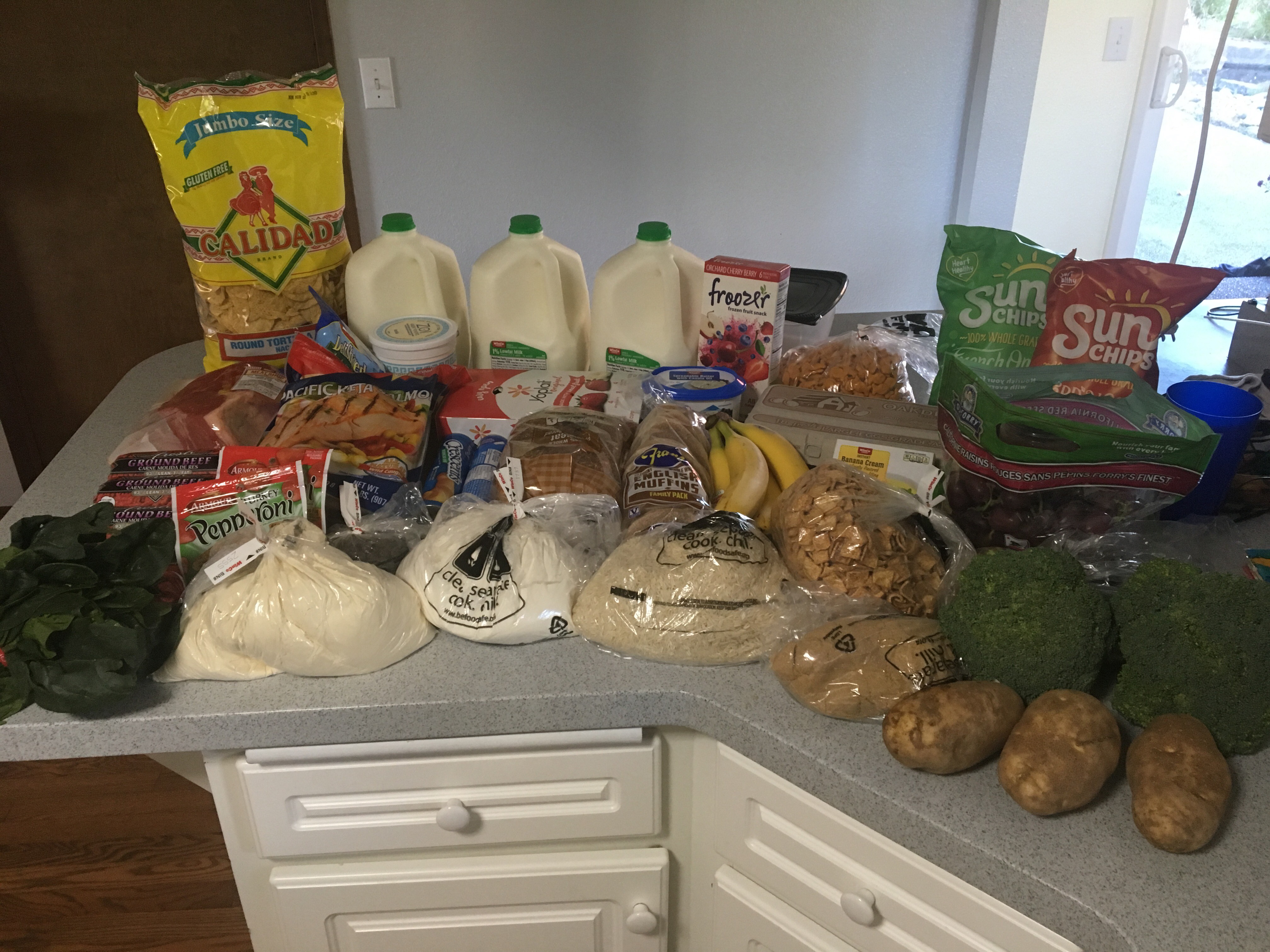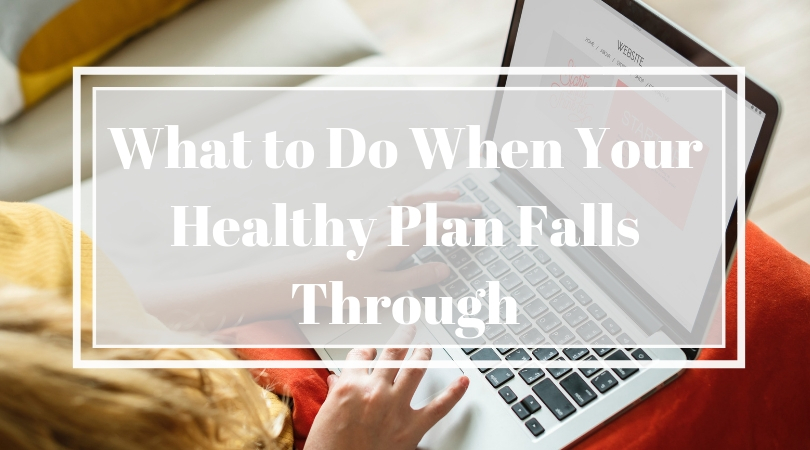Since my foray into the realm of the feverish I was placed on a liver-friendly diet for a month before my doctor re-checks my liver enzyme levels. I always joke with my clients that liver is a very busy guy, and he has many, many jobs. Sometimes they get overwhelming. Enter this comic from The Awkward Yeti.
There are many things you can do to support liver in his work. First, let’s briefly cover some of his job responsibilities, to name a few:
- Create bile to help digest fat
- Metabolize and store carbohydrate, protein, fat, vitamins, and minerals
- Modify or eliminate toxic substances
- Create many of the compounds that help blood clot
- Prevent low blood sugar
The composition of a liver-friendly diet is, in essence, a healthy balanced diet. There are some more specific things you can do, depending on what is wrong with your liver (which in my case is pretty unclear). Read on for the typical recommendations to support liver health.
Liver-Friendly Recommendations
- Follow a diet that will help you achieve or maintain a healthy weight. If you need to lose weight, mild calorie restriction is a safe and effective method that has been shown to reduce liver damage in non-alcoholic fatty liver disease.1
- Eat moderate (not high or low) amounts of carbohydrates, proteins, and fats. Diets high- or low- in one of these groups inevitably lead to unhealthful compensation from other groups.1
- Antioxidants, vitamins, and minerals are very liver protective and supportive. Eat several servings daily of fruits, vegetables, nuts, and seeds to give your liver all the help he needs.1, 2 Hey, a rhyme!
- Avoid “megadoses” of vitamin or mineral supplements (supplements that provide significantly more than 100% of the recommended daily allowance).1 I know someone whose doctor was convinced he was an alcoholic because of the damage his vitamins were doing to his liver. Yikes!
- Avoid foods that are high in fat, added sugar, or salt.1, 3
- Avoid alcohol and over-the-counter NSAID medications, unless approved by your doctor.3
- Avoid raw or undercooked shellfish.3
Liver-Friendly Suggestions
(Not proven by research, may or not be helpful, but certainly aren’t going to hurt anything)
- Probiotic consumption may be linked to improved liver health.1 We don’t have studies to confirm this or give a specific dosage, but upping your intake of non-alcoholic fermented foods like pickles, sauerkraut, kimchi, yogurt, or miso could benefit your liver.
- There is no proof that eating organic produce can improve liver health or protect your liver; however, one of your liver’s jobs is to remove toxins, which would include pesticides. More than 99.3% of foods test as “well below” the Environmental Protection Agency’s acceptable levels of pesticides; however, eating organic foods may take a bit of extra strain from your liver.
To summarize, I’ve been eating plenty of fruits and vegetables (organic when they fit the budget), plenty of nuts and seeds, and not so much of the super high fat, high sugar, or high salt stuff. Yes, Christmas was a tad tough but I had to do my best to find balance. Also, no alcohol, no sushi, no NSAIDs, and no vitamin or mineral supplements. My doctor plans to re-check my liver levels in a couple of weeks, so hopefully this will help it heal and all of my liver levels will be back to normal!
References
- McCarthy, E and Rinella, M. “The Role of Diet and Nutrient Composition in Non-Alcoholic Fatty Liver Disease.” Journal of the Academy of Nutrition and Dietetics. March 2012. 112:3 (401-409). Accessed from https://jandonline.org/article/S0002-8223(11)01703-2/fulltext.
- Cook, L, et al. “Vegetable Consumption is Linked to Decreased Visceral and Liver Fat and Improved Insulin Resistance in Overweight Latino Youth.” Journal of the Academy of Nutrition and Dietetics. November 2014. 114:11 (1776-1783). Accessed from https://jandonline.org/article/S2212-2672(14)00107-5/fulltext.
- American Liver Foundation. “Liver Disease Diets: A Healthy Diet, a Healthier Liver, and a Healthier You.” 2017. Accessed 6 January 2019. Accessed from https://liverfoundation.org/for-patients/about-the-liver/health-wellness/nutrition/#1504047357338-1da02851-5896.
